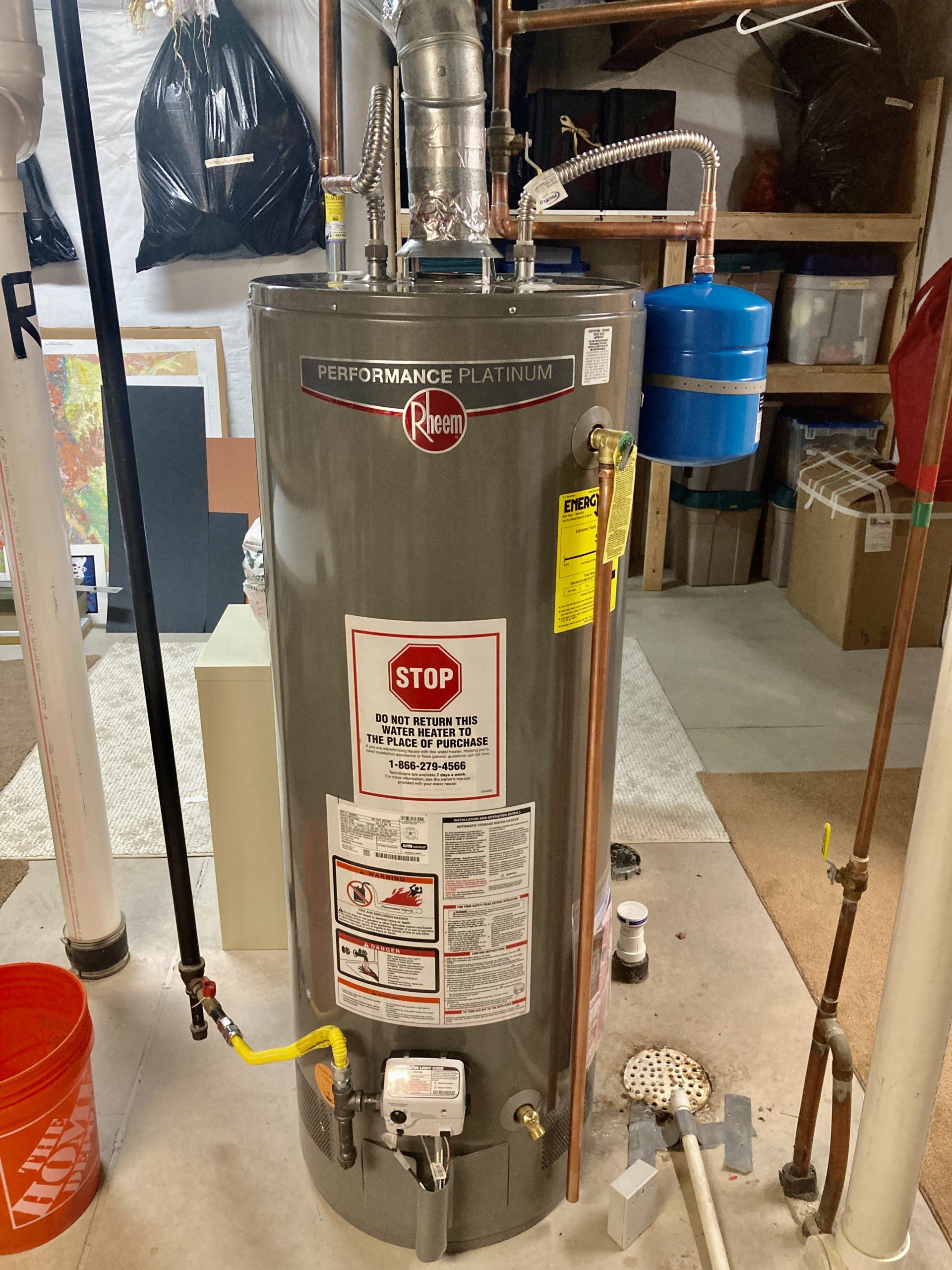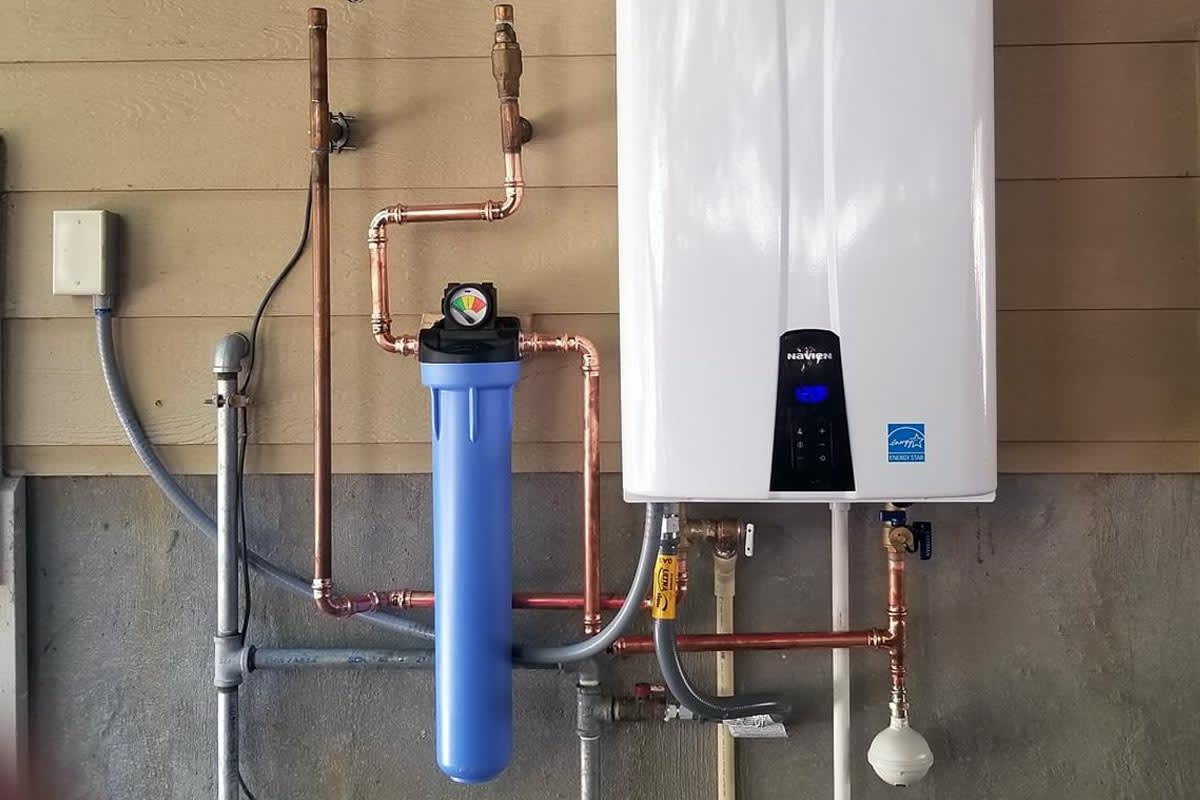They are making a number of great pointers related to How to Maintain a Hot Water Heater in a Few Simple Steps as a whole in this great article just below.

Warm water is necessary for everyday convenience, whether it's for a rejuvenating shower or cleaning meals. To ensure your warm water system runs effectively and lasts longer, normal upkeep is essential. This write-up supplies useful tips and insights on just how to maintain your home's warm water system to prevent disruptions and pricey repair work.
Intro
Preserving your home's hot water system may appear complicated, but with a few basic steps, you can guarantee it operates efficiently for years to find. This guide covers whatever from recognizing your hot water system to do it yourself maintenance pointers and understanding when to call expert aid.
Significance of Keeping Your Hot Water System
Normal maintenance not just extends the life expectancy of your hot water system however additionally ensures it operates successfully. Overlooking upkeep can lead to decreased performance, higher power bills, and even early failure of the system.
Indications Your Warm Water System Demands Maintenance
Understanding when your warm water system needs attention can stop major problems. Keep an eye out for signs such as inconsistent water temperature level, strange noises from the heating system, or corroded water.
Understanding Your Warm Water System
Prior to diving into maintenance jobs, it's handy to recognize the basic components of your warm water system. Commonly, this includes the water heater itself, pipelines, anode poles, and temperature level controls.
Monthly Maintenance Tasks
Routine month-to-month checks can help catch minor problems prior to they escalate.
Flushing the Water Heater
Purging your hot water heater gets rid of sediment buildup, enhancing effectiveness and lengthening its life.
Monitoring and Changing Anode Rods
Anode rods prevent rust inside the container. Examining and changing them when broken is crucial.
Examining and Changing Temperature Setups
Changing the temperature level setups makes certain ideal performance and security.
Do It Yourself Tips for Upkeep
You can do numerous upkeep jobs on your own to maintain your warm water system in leading problem.
Looking for Leakages
On a regular basis check pipelines and connections for leaks, as these can cause water damage and higher expenses.
Evaluating Pressure Relief Valves
Evaluating the pressure relief valve ensures it operates appropriately and stops extreme stress accumulation.
Insulating Pipelines
Protecting warm water pipes decreases warmth loss and can conserve power.
When to Call an Expert
While DIY upkeep is valuable, some concerns call for expert know-how.
Complex Issues Calling For Specialist Assistance
Examples include significant leakages, electrical problems, or if your water heater is continually underperforming.
Routine Professional Maintenance Conveniences
Expert maintenance can include detailed examinations, tune-ups, and guaranteeing compliance with safety and security criteria.
Final thought
Regular upkeep of your home's warm water system is vital for performance, durability, and cost financial savings. By complying with these ideas and understanding when to seek expert help, you can make certain a dependable supply of warm water without unforeseen disruptions.
How to Maintain an Instant Hot Water Heater
Before tinkering with your hot water heater, make sure that it’s not powered on. You also have to turn off the main circuit breaker and shut off the main gas line to prevent accidents. Also turn off the water valves connected to your unit to prevent water from flowing into and out of the appliance. 2. When you’re done, you have to detach the purge valves’ caps. These look like the letter “T†and are situated on either side of the water valves. Doing so will release any pressure that has accumulated inside the valves while at the same time avoid hot water from shooting out and burning your skin. 3. When the purge valves’ caps are removed, you have to connect your hosing lines to the valves. Your unit should have come with three hoses but if it didn’t, you can purchase these things from any hardware or home repair shops. You can also get them from retail stores that sell water heating systems. Read the user’s manual and follow it to complete this task properly. When the hosing lines are connected, open the purge port’s valves. 4. You should never use harsh chemical cleaners or solutions when cleaning your unit. Make use of white vinegar instead. It should be undiluted and you’ll probably use about 2 gallons. 5. Now flush your water heater. This task should probably take about 40 minutes. We can’t give you specific directions for this because the procedure is carried out depending on the type, model and brand of your heater. With that being said, refer to the user’s manual. 6. When you’re done draining the unit, you have to turn off the purge port valves again. Remove the hosing lines that you earlier installed on each of the water valves. Put the valve caps (purge port) back in their respective places and be very careful so as not to damage the rubber discs that are found inside these caps. 7. Now that everything’s back in place, check your user’s manual again to find out how to reactivate your water heating system. 8. Once it is working, turn one of your hot water faucets on just to let air pass through the heater’s water supply pipes. Leave the tap on until water flows smoothly out of it. https://www.orrplumbing.com/blog/2014/september/how-to-maintain-an-instant-hot-water-heater/

Do you enjoy reading up on How to Maintain Your Water Heater & Prolong its Life? Try to leave a remark directly below. We'd be pleased to find out your feelings about this write up. Hoping that you visit us again later on. Sharing is nice. Helping others is fun. We love reading our article about How to Maintain Your Water Heater & Prolong its Life.
Free Quote